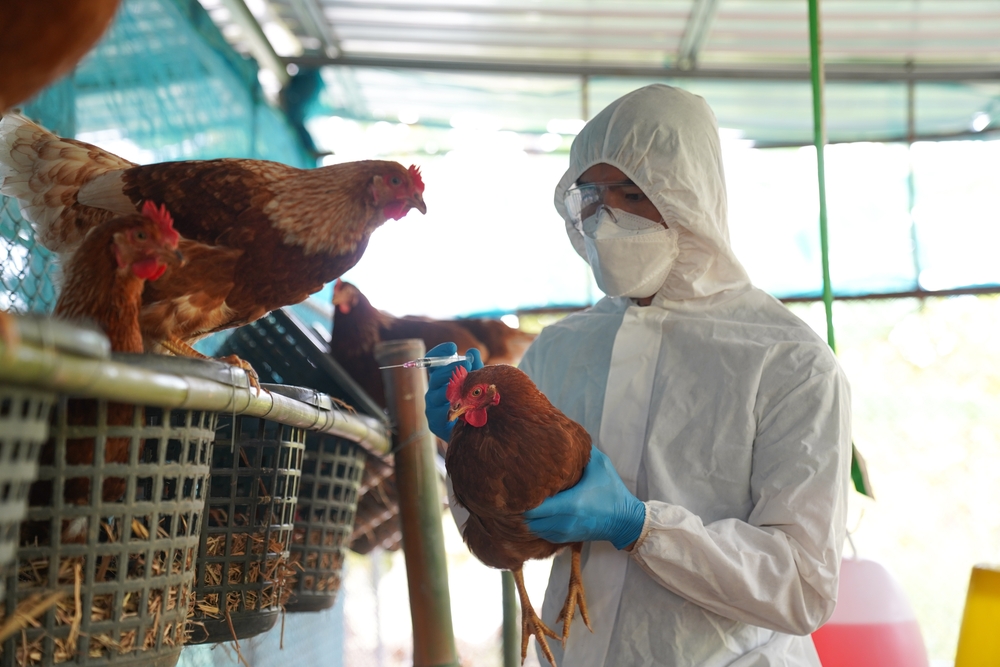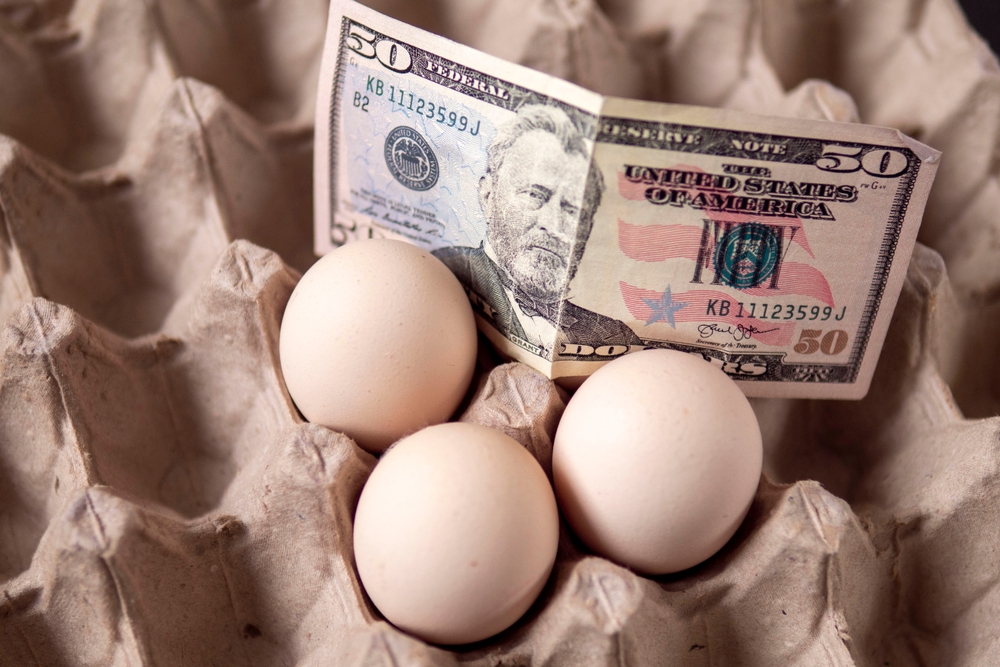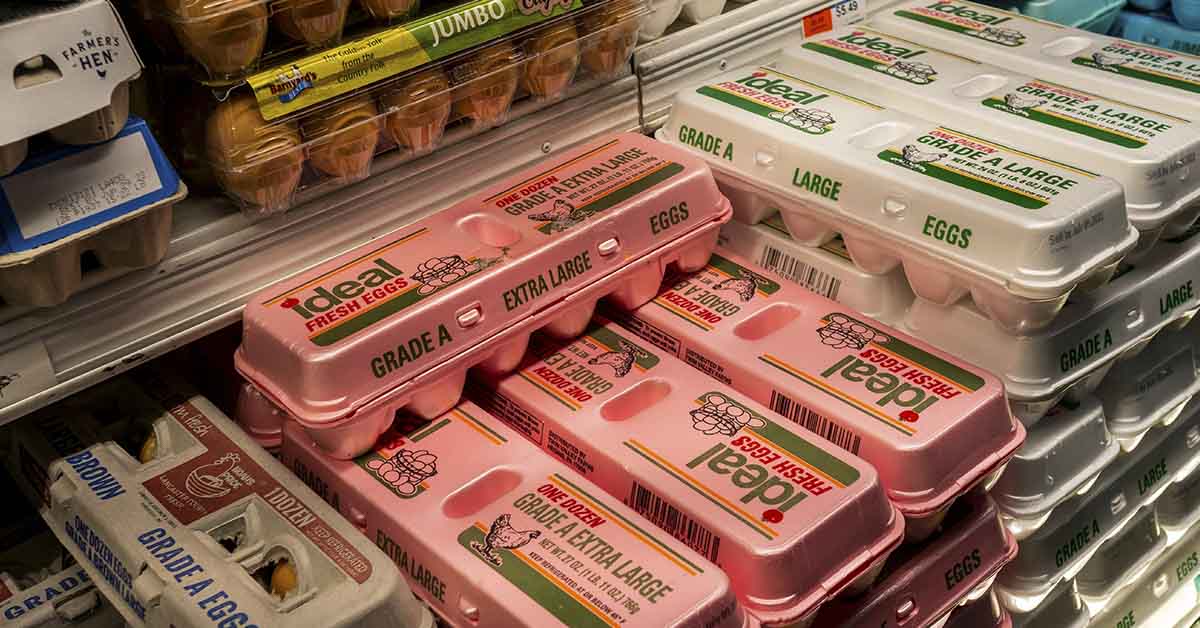After months of rising grocery bills, American consumers are finally seeing some relief, especially when it comes to egg prices. According to April 2025’s Consumer Price Index (CPI), egg prices dropped by more than 12 percent, marking their first decline since October 2024. The average cost of a dozen Grade A eggs fell significantly, signaling a possible turning point in the upward trend that has impacted food prices for more than a year. This price drop follows major supply shortages and the most severe bird flu outbreak in U.S. history. Although egg prices are still much higher than they were in early 2024, the April dip provides a hopeful sign that inflation may be easing across everyday essentials.
This development comes during a period of change in grocery costs and arrives after a year of economic stress for households nationwide. Many families have had to revise their shopping habits, cut back on essentials, and find alternatives to pantry staples. Egg prices became one of the most visible examples of inflation’s impact. With this recent shift, people are beginning to wonder if this drop in prices is just a temporary dip or the start of a broader trend.
Egg Prices Drop for the First Time in Months
In April 2025, the Bureau of Labor Statistics reported that the average cost of a dozen eggs fell from $6.23 in March to $5.12. This 12.1 percent decrease marked the first monthly drop in egg prices since the previous fall. Although the decline is meaningful, eggs still cost much more than they did last year. In April 2024, the same carton cost $2.86. That’s a 79 percent increase over the course of a year.

Consumers across the country have felt the pressure from these increases. For many, eggs serve as a low-cost, high-protein food source. Restaurants, bakeries, and food manufacturers also adjusted operations to cope with unstable prices. Although this recent drop doesn’t erase past increases, it offers some much-needed relief to households and businesses alike.
Bird Flu Outbreak Still Influencing Prices
The spike in egg prices can largely be traced to the bird flu outbreak that started in early 2022. This highly contagious virus led to the culling of more than 169 million birds globally, including a large number of egg-laying hens in the United States.
With millions of birds removed from the production cycle, the egg supply dropped sharply. Smaller poultry farms took a particularly hard hit. Many lacked the financial support to recover, and some exited the industry entirely. This created a shortage that drove prices up and limited competition.
Although the virus has slowed, the egg industry continues to recover. Rebuilding flocks takes time, and farmers must also invest in stricter biosecurity measures. Until the supply chain stabilizes, egg prices may continue to fluctuate.
Read More: What You Should Know About Bird Flu Before Eating Eggs & Poultry

Grocery Prices Begin to Shift
Egg prices aren’t the only ones declining. In April, the CPI showed that overall grocery prices fell by 0.4 percent. That marks the largest monthly decrease in the “food at home” category since September 2020.
This broader price drop suggests that inflationary pressure in grocery stores may be starting to ease. Consumers might soon see additional relief in items like dairy, meat, and produce. However, experts caution against assuming this will last. Ongoing risks from weather disruptions, energy prices, and international conflicts could reverse these gains.
Egg prices played a major role in the overall grocery decline. Since eggs are such a common ingredient, changes in their cost affect both household spending and food production at a larger scale.
Why Egg Prices Matter So Much
Eggs remain a critical item in American kitchens. When egg prices rise, people notice immediately. They serve as an economic barometer for many households, and their cost often shapes how families perceive inflation.
For lower-income families, high egg prices created difficult decisions. Some shoppers reduced their egg purchases or switched to less nutritious alternatives. Others bought in bulk or sought discounts where possible.
Because eggs are purchased frequently, even small changes in price can have a big psychological impact. When egg prices surge, it adds stress. When they drop, it creates a sense of progress.

What Could Happen Next?
Experts see the recent price drop as a promising development, but they remain cautious. The egg market is still fragile. Another bird flu outbreak or supply disruption could cause prices to spike again. Rising costs for feed or fuel could also affect the industry’s ability to stabilize.
On the other hand, if farmers continue to rebuild their flocks and avoid further setbacks, egg prices might continue to fall. Lower prices may also bring back demand from restaurants and commercial food companies, which could influence future supply.
Right now, consumers can enjoy a bit of relief. Whether this shift continues will depend on both market conditions and the resilience of the poultry industry.
The Bottom Line
The drop in egg prices offers some good news in a tough economic landscape. After more than six months of increases, April’s data finally shows a break in the trend. Although prices remain elevated, this decline is a step in the right direction.
As summer approaches, families will continue to watch food prices closely. If egg prices keep falling, it may signal broader improvements in inflation. For now, Americans can appreciate one small victory at the grocery store and hope more are on the way.
Read More: 12 Must-Have Foods to Buy Now Before Tariffs Drive Prices Up

